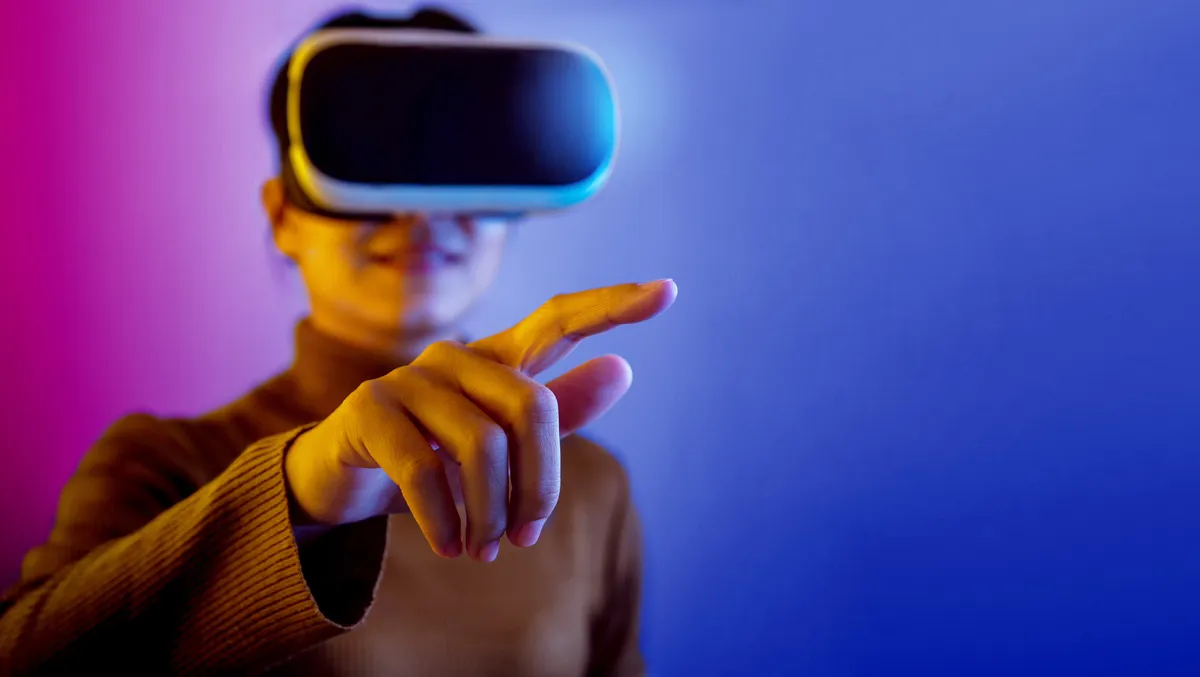
Will the Metaverse change retail as we know it in 2023?
At the end of 2021, Mark Zuckerberg announced the end of social media as we knew it, stating that the Metaverse would be the next era-defining technological shift. Fast forward twelve months, and retailers are still slowly weaving their way into this space.
In the simplest terms, the Metaverse is the internet in 3D. Many futurists have glorified the potential benefits of its positively revolutionary potential for the future of work, retail, and even bigger societal issues. As is often the case with new, emerging technology, there are many questions that remain, with the first being – what actually is the Metaverse, in practical terms?
Questions aside, one thing that is clear is that the Metaverse is still being defined. If you asked ten different people in the street (and maybe even within Meta itself), you'd likely get ten different answers. Given the early stage of the innovation curve the Metaverse currently finds itself in, it is clear that it isn't going to become a normalised platform overnight.
With the challenging retail industry backdrop across Australia, New Zealand, and globally, retailers need to concentrate on their margins and workforces while following their customers' preferred shopping method – which could well one day be the Metaverse. While customers certainly aren't there just yet, it does serve as an interesting concept right now, but it may take some time yet until we have a fully functioning Metaverse with mass consumer appeal and uptake.
When looking at the demographics of consumers most likely to popularise Metaverse retail, Gen Z shoppers would be the most likely candidates – you would think. However, Gen Z consumers are actually less interested in the Metaverse and more interested in brick-and-mortar and omnichannel shopping experiences. Though they might not use it as a platform for purchasing, there is certainly interest in it as an experiential destination to start a buying journey.
The Metaverse represents an exciting opportunity to share more about products, and you may find non-competitive brands overlapping and complementing styles. Take Tommy Hilfiger and Nike, for example. Many of their individual products complement a certain look. As the Metaverse evolves over the next decade, it's the consumers that are going to define what it actually ends up looking like and how retail brands will interact with it rather than the other way around.
It's still too early to quantify what effect the Metaverse will have over the next decade; however, the next big thing in retail (and the Metaverse is part of this) is digital spaces becoming more immersive. The more innovative, agile retailers are already investing in bridging this gap with technology such as Augmented Reality, virtual showrooms, live shopping, 3D product views and video shopping consultations.
Until recently, when you think about the eCommerce experience, it has been very transactional and all about cutting friction, rather one-dimensional. This idea that we can create a more immersive world with greater ability for discovery, curation and interaction is an exciting part of the future for retail.
For the Metaverse to take off, it has to make physical life better, cheaper, faster and more connected. When you think about it, that's precisely what the internet has done for billions of people around the globe. But, today, consumers crucially want convenience as well as fun. The Metaverse represents the opportunity for 'shoppertainment' and an enhanced customer experience.
While there is still a drive to shop in-store, a lot of consumers are increasingly looking online to start their shopping exploration – price checking, researching and stock checking ahead of going into a brand's physical store. According to Manhattan's 2022 Omnichannel research report, consumers agree: 82% of consumers globally said they started purchasing decisions online in some capacity.
What, then, does this mean for the Metaverse in the short term? Rather than becoming the next-generation shopping platform or digital marketplace, as Mr Zuckerberg is no doubt betting on, the Metaverse may gain more initial traction with retail brands and consumers as a starting point for their retail shopping journeys.
Just like the internet has done over the last three decades, the Metaverse presents a myriad of opportunities (and risks) for retailers and consumers alike. So, whether it's today or a decade from now, the keys to retail success remain the same as they have always been – to listen and communicate clearly and concisely with customers regardless of the channel and continue to innovate. And, just as the key to success remains the same, so do the risks of inaction.
The Metaverse is not going to replace physical or online stores anytime soon (if at all). However, in years to come, it may increasingly sit alongside today's omnichannel retail experience as a complimentary part of an increasingly immersive, 3D digital experience.

